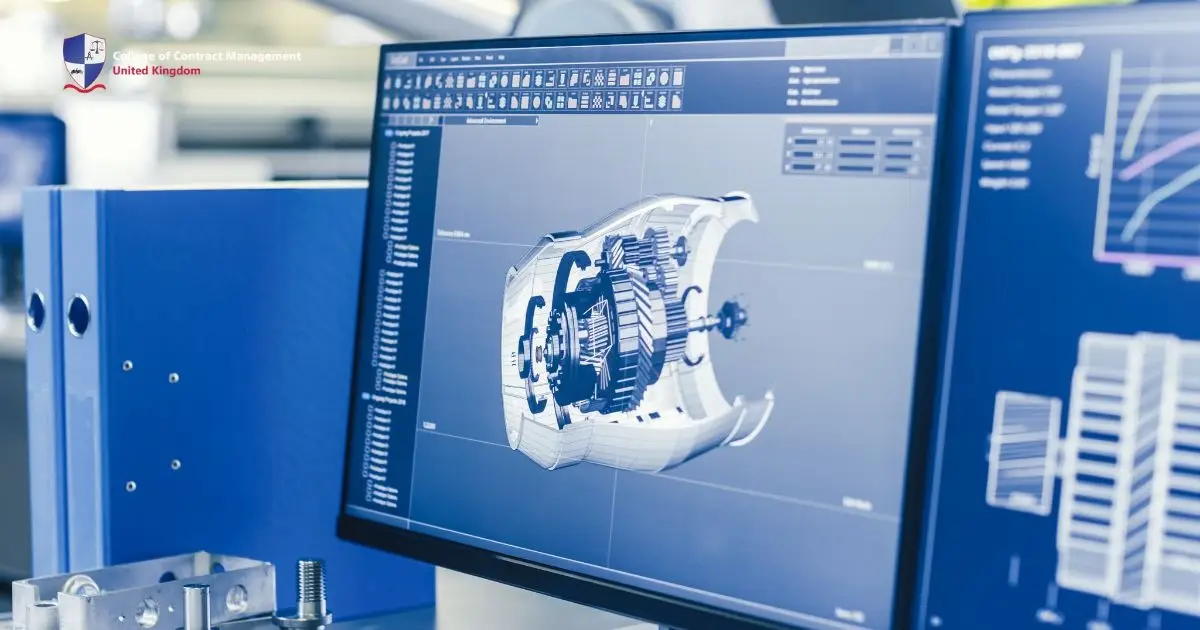Construction projects can get overwhelming. Fortunately, tools like Navisworks make things much easier. This software has revolutionised the industry by improving collaboration, streamlining workflows, and helping teams identify potential problems before they arise. If you’re new to this software, this guide will walk you through its uses and benefits in an easy-to-read way.
This isn’t just another software; it’s a game-changer for construction professionals. It lets you review 3D models, coordinate designs, and detect clashes. By mastering this tool, you’ll not only improve your projects but also make your work smoother and more efficient. So here's everything you need to know about it and how it can transform your career.
What is Navisworks, and why is it important?
Navisworks is a powerful construction management software designed for model review and collaboration. It allows teams to bring together models from different software platforms, enabling smooth project management. The software supports formats like DWG, DWF, and IFC, making it versatile for various construction needs.
One of the standout features of this software is its clash detection tool. This feature identifies conflicts in your design before construction begins, saving time and money. Whether you’re an architect, engineer, or contractor, mastering this software is essential for improving project outcomes and avoiding costly mistakes.
Using Navisworks for beginners
If you’re new to Navisworks, don’t worry. It’s really designed to be simple and user-friendly. To get started, just explore the interface. Take a look around and familiarise yourself with the features. Then, try clicking on different tools. Check out various tutorials. It's perfect for getting further into the software. Before you know it, you’ll feel right at home using it.
- Import Your Models: Load your 3D models into this software by importing files from compatible software.
- Review and Navigate: Use tools like Pan, Zoom, and Orbit to explore the model.
- Detect Clashes: Run clash detection to spot potential issues between different elements.
- Collaborate: Share your models with team members for feedback and coordination.
These simple steps will really help you make the most of this software. First, dive into its features to improve your project workflows. After that, try to stay organised and keep everything in one place. Most importantly, don't forget to collaborate with your team. Ultimately, these tips will save you time and make the process smoother.
Key features of Navisworks
Navisworks comes packed with features that make it indispensable for construction professionals. Here are the key tools you’ll want to explore:
- Clash Detection: Finds conflicts between structural elements.
- Timeliner: Creates 4D simulations to link models with project schedules.
- Quantification: Measures materials and costs directly from the model.
- Model Aggregation: Combines multiple models into one for a comprehensive view.
By getting the hang of these features, you’ll not only boost your efficiency but also be better prepared for tackling complex projects. You’ll also find it’s a lot easier to manage all the details. So, take your time to explore them. With a bit of practice, you'll be breezing through your tasks in no time.
Benefits of using Navisworks
Using Navisworks has several benefits. Not only does it boost efficiency, it also improves communication and accuracy within your team. Additionally, it helps everyone stay on the same page. Overall, it's a tool that makes collaboration easier and more straightforward. If you want to enhance your workflow, it’s definitely worth a look.
- Improved Collaboration: Teams can work together seamlessly, reducing miscommunication.
- Cost Savings: Early clash detection prevents expensive on-site corrections.
- Enhanced Visualisation: Models give stakeholders a clear idea of the final project.
- Time Efficiency: Automates repetitive tasks, freeing up more time for critical decision-making.
With all these benefits, it’s no surprise that Navisworks is a go-to choice for construction pros. On top of its impressive features, it really helps streamline projects. Additionally, many users find it user-friendly, which makes their work easier. So, it’s easy to see why so many in the industry love using it.
How Navisworks fits into construction workflows
Navisworks isn’t just any tool; it’s essential for today’s construction projects. You see, it helps teams collaborate better. For starters, it combines models from different sources. Then, it allows easy clash detection. Also, it supports project planning and coordination. Overall, it keeps everything organised and on track.
- Pre-Construction: Teams use it to review designs, detect clashes, and prepare schedules.
- Construction Phase: Tracks progress with 4D simulations and ensures the project stays on schedule.
- Post-Construction: Provides as-built documentation and supports facility management.
Each phase gets a real boost from the software. Not only does it help to simplify processes, but it also makes everything more accurate. Additionally, it saves time and effort. As a result, tasks become smoother and easier. Overall, using this software makes a noticeable difference in how we work together and get things done.
Building up your skill in Navisworks with the CCM
Technology in construction is moving fast these days. So, it's really important to keep up with the latest tools. For instance, using software like Navisworks can truly make a difference. Not only does it help streamline your workflow, but it also ensures you stay competitive.
If you’re looking to expand your skills, the College of Contract Management offers courses tailored to construction professionals. These programmes are designed to improve your understanding of tools like Navisworks and other essential industry skills. Here’s a list of their top courses:
- Quantity Surveying: Teaches cost estimation, contract negotiation, and tendering.
- Construction Management: Covers project planning, budgeting, and team leadership.
- CPD Courses: Continuous Professional Development to keep your skills sharp and updated.
- BIM (Building Information Modelling): Focuses on digital tools like Navisworks for project coordination.
These courses are super accessible online, which is great. You can easily learn at your own pace and in your own space. You don’t have to stick to a strict schedule. Whether you’ve got a busy day ahead or just a bit of free time, you can jump right in whenever it suits you. In the end, it’s all about better opportunities and a brighter future for yourself.
Final Thoughts
Navisworks is an essential tool for construction professionals. It has so many features that help streamline workflows and improve collaboration. If you’re new to it, don’t worry. You can get the hang of it quickly. Also, if you're already familiar, there's always more to learn. By mastering this software, you’ll definitely elevate your career. So, dive in and explore all that Navisworks has to offer.
Education is key to success, and the College of Contract Management provides the resources you need to stay ahead. Their courses are designed to help you excel, whether you’re learning Navisworks or advancing in construction management. Start your journey today and unlock your potential with the right tools and training.





